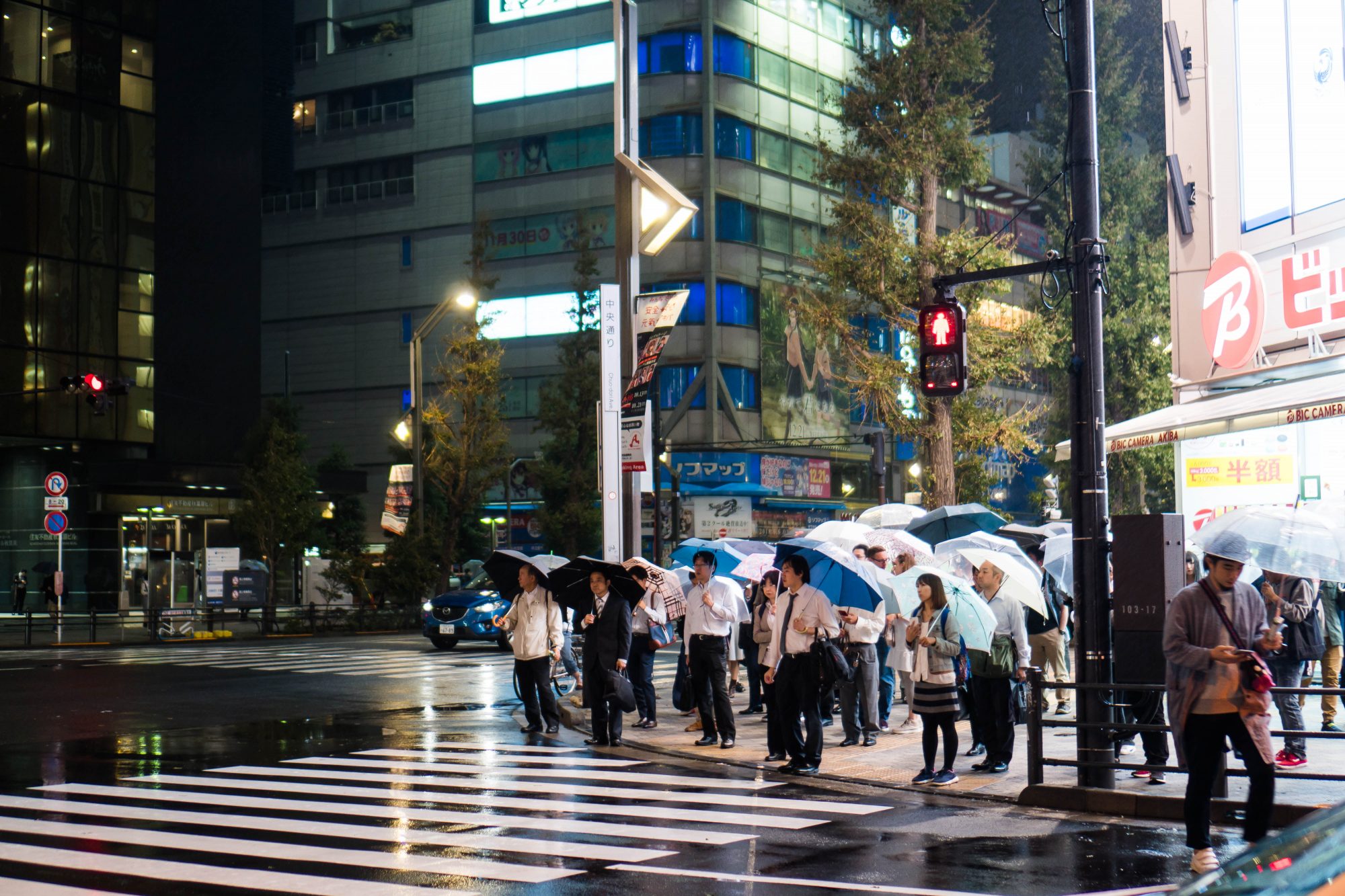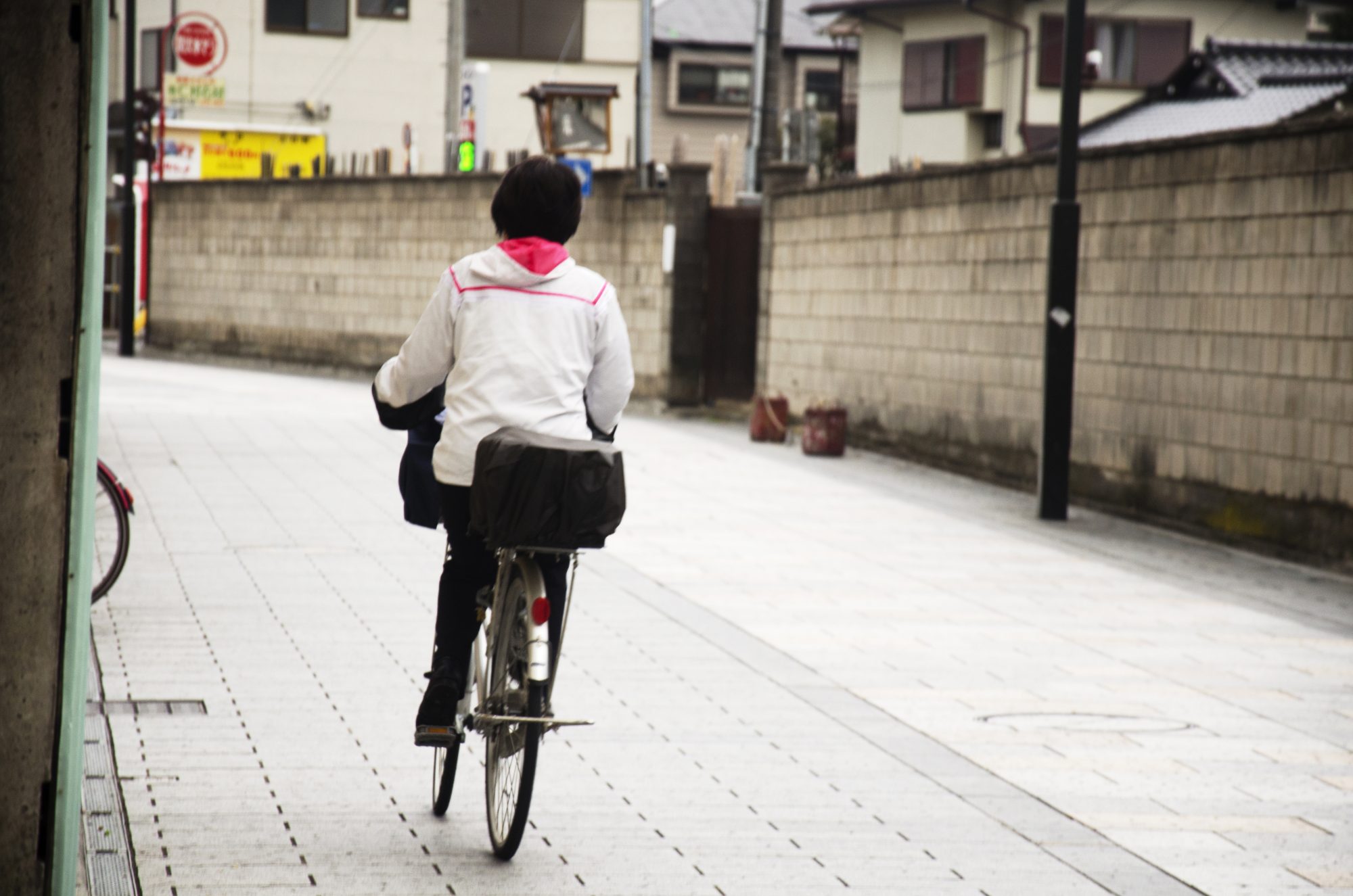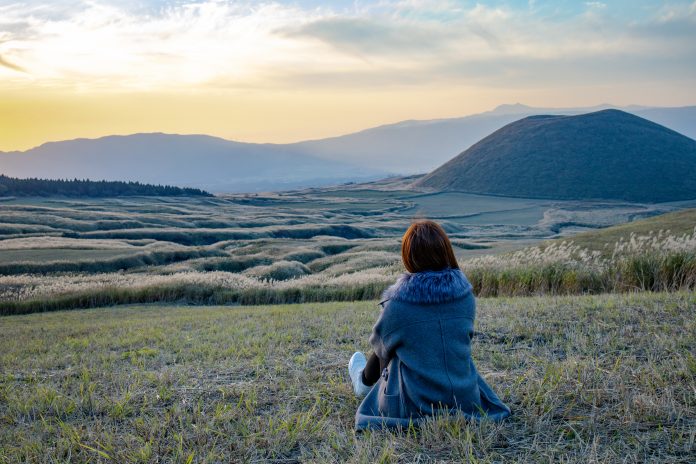For one decade, Japan worked to bring down suicide rates across the country – now, COVID-19 threatens to reverse this progress by creating a new category of people who are vulnerable
In Japan, the suicide rate peaked in 2003.
At that moment in time, 34,427 people took their own lives. This rate stayed relatively the same till 2009, then beginning a gentle decline.
By 2019, the suicide rate was 20,169 people. The loss of life was still notably immense, but for Japan, this was the lowest suicide figure since the Government started counting in 1978.
“This trend of increased suicides among young women and university and high school students is very different from before COVID-19. Before COVID-19, if suicides increased, we would expect more deaths of middle-aged men,” explained Dr Haruka Sakamoto, an expert in public health at the University of Tokyo and first author of the study.
The late 2000s saw men in their 50s facing the ‘Lehman shock’, a financial crisis following the bankruptcy of the Lehman Brothers company in 2008. This fallout brought mental health and depression to the forefront of public awareness.

Work-related stress and the potential of suicide became linked, meaning that prevention policies often involved educating large companies – whose overworked employees became suicide-risks in the eyes of policymakers.
This approach threatens to let young women and students fall through the cracks.
Dr Sakamoto further commented: “If they have a mental health problem, maybe they still feel some social shame, but now people know they can ask for rest from their employer.”
The relationship between biology, external environments, depression and suicide has always been difficult for medical science to fully comprehend, but the authors explain that this new environment of isolation, stress and general dread can create mental illness.
The suicide numbers began to climb after May
Dr Sakamoto and his colleagues looked at monthly differences in suicide rates from April to November. They compared this time period of 2016 to 2019 to the the same time period in 2020. This analysis allowed the team to examine the minute changes in policy that rippled through public health stats, as COVID-19 caused multiple lifestyle changes within short spaces of time.
When Japan was in an official state of emergency, from April to May in 2020, there were fewer suicides.
“Our hypothesis to explain the decrease in suicides in April and May is that normally there is an increase in suicides because of people starting a new school year or a job change. The state of emergency delayed that normal time of change, so suicide rooted in school or working environment did not occur as usual,” explained Dr Sakamoto.

Women under the age of 30 began to die at increased rates
In July 2020, the number of women killing themselves in Japan started to increase, especially in those younger than 30, and remained higher than expected through November. Between 2016 to 2019, an average of 70 women under age 30 died by suicide each July, but in the COVID isolation of 2020, 96 women took their lives.
October was the deadliest month for women of all ages.
An average of 486 total women took their own lives the previous four Octobers, but 826 total women did so in October 2020.
The total number of men taking their own lives did not rise significantly until October. An average of 1,096 men of all ages killed themselves each October from 2016 to 2019, but 1,246 total men did so in October 2020. Most of the increase was among men aged 30 to 49.
Dr Sakamoto further commented: “Even now during COVID-19, not every part-time worker has a mental health problem and it is still very rare to kill yourself.
“Mental health problems are biological issues, but environment can strongly affect the biological part. Without COVID-19 pressures, I think most of these women who killed themselves in 2020 would not have had mental health problems.
“Now the government needs a new policy for women and university students added to the current overall suicide program.”











